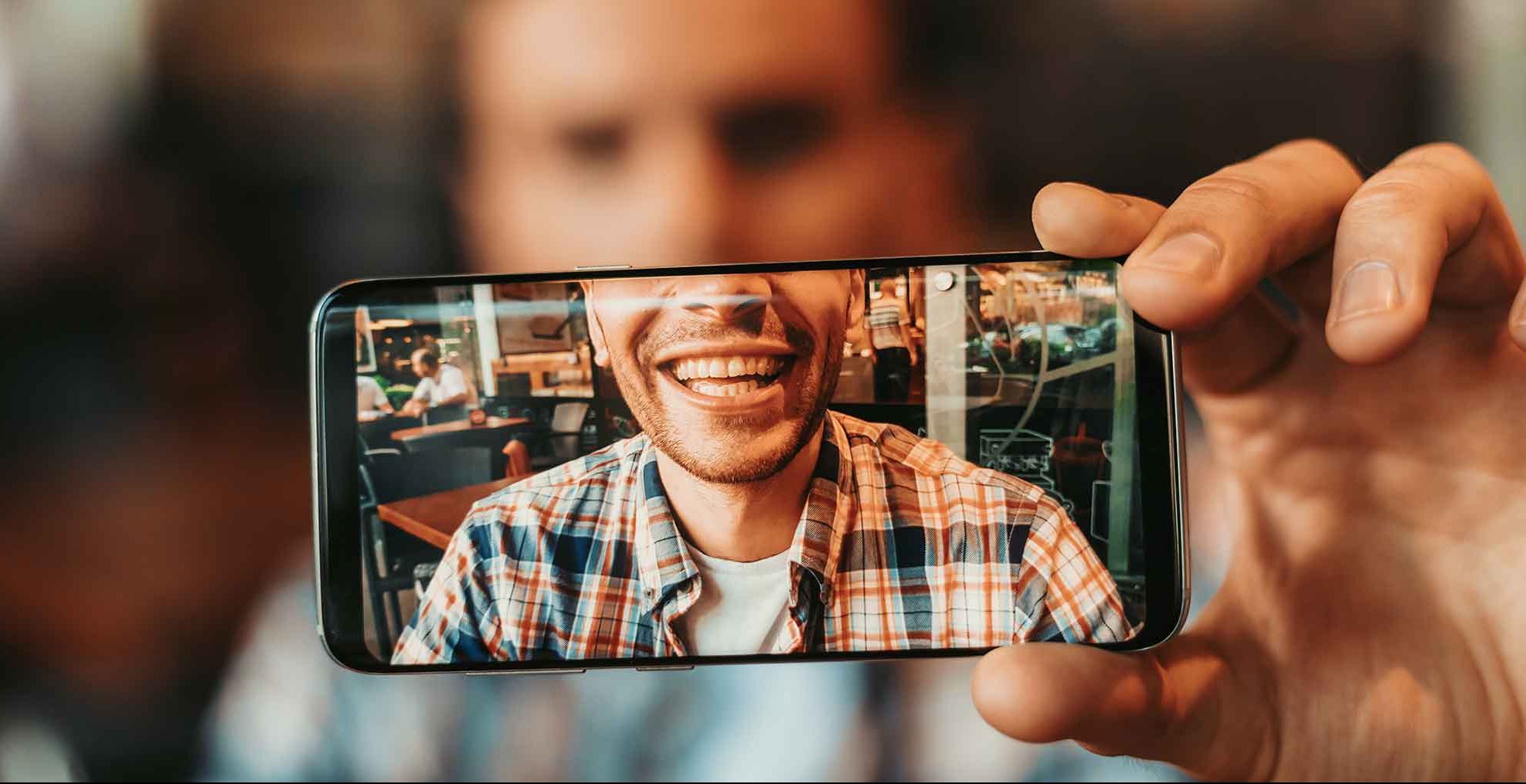 Direct to consumer orthodontics should still include face to face interaction before treatment begins, the GDC says.
Direct to consumer orthodontics should still include face to face interaction before treatment begins, the GDC says.
A recent growth in ‘teledentistry’ has led the dental regulator to state its position on the practice.
It says that orthodontic treatment is the practice of dentistry, which requires registration with the General Dental Council (GDC).
‘We have received reports that providers of “direct-to-consumer orthodontics” are offering services which may not include face-to-face patient contact with a registrant authorised to provide direct services to patients,’ the GDC statement says.
‘Our view is that for all dental interventions, this important interaction between clinician and patient should take place at the beginning of the patient consultation.
‘This enables the clinician to carry out the assessments necessary for making clinical judgements.
‘Judgements that ensure the suitability of the proposed course of treatment.
‘That support the prescribed course of treatment, and that address any underlying oral health problems.
‘It also gives patients the opportunity to ask questions, provide valid and informed consent and be satisfied that that the course of treatment proposed is likely to meet their needs and expectations.’
Direct to consumer orthodontics
The GDC says it is continuing to gather evidence about the potential risk to patients from direct to consumer orthodontics.
It claims it is working with providers to seek clarification on procedures and registrants’ involvment.
The regulator says it will provide a further statement once it evaluates all evidence.
‘Until further guidance is available,’ the statement continues.
‘Dental professionals are reminded that they must consult their indemnity providers should they need further advice.
‘Complaints received relating to these matters will continue to go through our existing processes.’
Teledentistry
‘Teledentistry’ has received mixed feedback from the profession, with some questioning whether these companies are taking advantage of the profession.
With direct to consumer orthodontics, patients fill out a questionnaire and sends photos, before arranging for an intra oral scan or some form of ‘do it yourself’ home impression kit.
The whole treatment is overseen by an unnamed ‘dentist’ or ‘orthodontist’.
‘My concern is twofold,’ Neel Kothari, NHS dentist and Dentistry.co.uk contributor said.
‘Firstly, advertisements mislead some patients into thinking treatments include the safeguards of seeing a UK-registered dentist or an orthodontist.
‘Secondly, if things go wrong, will the profession pick up the pieces?
‘In my opinion, teledentistry companies are removing inconvenient safeguards that don’t fit their business model and gambling that things go well.
‘This is a little like removing bricks from the game Jenga and hoping that the tower doesn’t topple.
‘If it transpires that patients have suffered harm as a result, the GDC needs to decide whether it wants to be on the right side of history, because at the moment their silence is deafening.’


 Direct to consumer orthodontics should still include face to face interaction before treatment begins, the GDC says.
Direct to consumer orthodontics should still include face to face interaction before treatment begins, the GDC says.